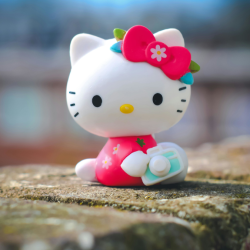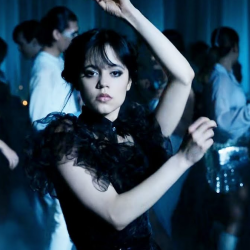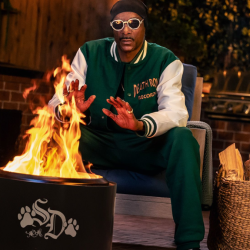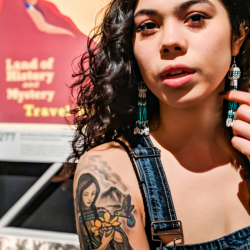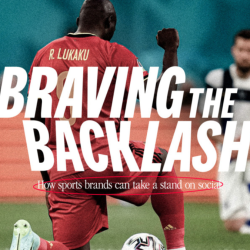The world today can be daunting for heritage brands, but it offers more opportunity than perhaps ever before. The new generation of consumers are nostalgic, and have a sentimental affection for the past – somewhere where they can find belonging and comfort in an increasingly chaotic world.
Studies into the values and behaviours of the younger generation of consumers show that Gen Z hold a much stronger sense of responsibility, are much more racially and ethnically diverse and better educated than any generation before them. They are most likely to consume products and services that celebrate diverse cultures, and align with their values and aspirations for the future.
This presents an opportunity for heritage brands to strategically evolve. It’s important to remember the tension between the younger generation’s longing for the past and desire to shape the future. Heritage brands need to adapt in order to appeal to hearts, while talking to heads.
The method of how heritage brands can do this effectively can be found in intercultural branding. The culture of a market changes over time, and how brands can stay competitive and relevant during a changing market is one of the aspects we study in intercultural design and branding.
Intercultural branding focuses on adaptation, while keeping the original essence of a brand intact. It’s a discipline that fully respects all cultures, maximising the possibility to retain originality in the new market. It’s useful for a brand that has a long history and is now seeking new opportunities for new development, and it is a practice regularly adopted by brands going global.
The importance of preserving heritage brands
Culture is humanity manifest. In our cities, in our communities, and in our families, we find unity in our common cultural values, and we find inspiration in our cultural diversity. Many heritage brands carry human intellectual property that is invaluable to our society. Heritage brands are held fondly in the memories of generations, bringing a warm, nostalgic glow of when times seemed easier and simpler.
The market is seeking authenticity, original and genuine heartfelt stories that resonate with people and strike a chord of nostalgia. Preserving the uniqueness of a brand while evolving it for a new market are the key components of good intercultural branding.
Applying intercultural branding to history’s most iconic brands
Polaroid has been on an evolutionary journey over recent years, to secure its relevance for the future. Polaroid reignities the romance of an instant photo and blends this with new and attractive technology. Historically, people were excited by Polaroid because they could see a picture developing instantly in front of their eyes.

Today, it stands as an alternative to our disposable, ‘always-on’ culture. Polaroid’s new branding is clearly identifiable as the brand people have known and loved over the past 9 decades, whilst clearly ready for an exciting future.
Many beloved heritage brands are turning 360 degrees, back to their original branding. Intercultural branding places the originality of a brand, and its cultural context, as the main priority when developing a brand. Burger King’s first rebrand in 20 years included the creation of a logo resembling its iconic one from the 70s, 80s and 90s.
Over the decades the Burger King logo has cemented its place in culture, turning up in Gremlins (1984), Back to the Future (1985) and, most recently, Stranger Things (2016—). The new logo pays perfect homage to the brand’s heritage, and the part that it has played in modern culture.

Being based in Scotland, I had to mention IRN-BRU’s 2021 relaunch of its 1901 recipe. The “old and unimproved”, unashamedly sugar-laden drink is resplendent in its traditional glass bottle — a cherished childhood memory of Scots, and now back on supermarket shelves for all to permanently enjoy.
It’s also worth mentioning that the recipe for IRN-BRU’s 1901 edition was discovered in a handwritten book, buried deep in the IRN-BRU archives for over 100 years.
Now that’s history come full circle.
Heritage brands reinvented
Heritage brands can thrive in today’s consumer marketplace without losing their core essence. Reinvention can take the form of reimagining the brand’s proposition, products and services according to modern customer needs, becoming more closely aligned to modern customer life.
An example of this would be a traditional heritage coffee brand, one which keeps the values of its core brand pillars whilst evolving its offering to launch an espresso pod; to fit in with modern customer lifestyles at home.
Of course, like all businesses, heritage brands need to have a commercial mindset in order to survive, but they can offer intrinsic value beyond commercialisation and fulfil the needs of today’s market, whilst being meaningful and preserving a treasured piece of irreplaceable history and culture.























